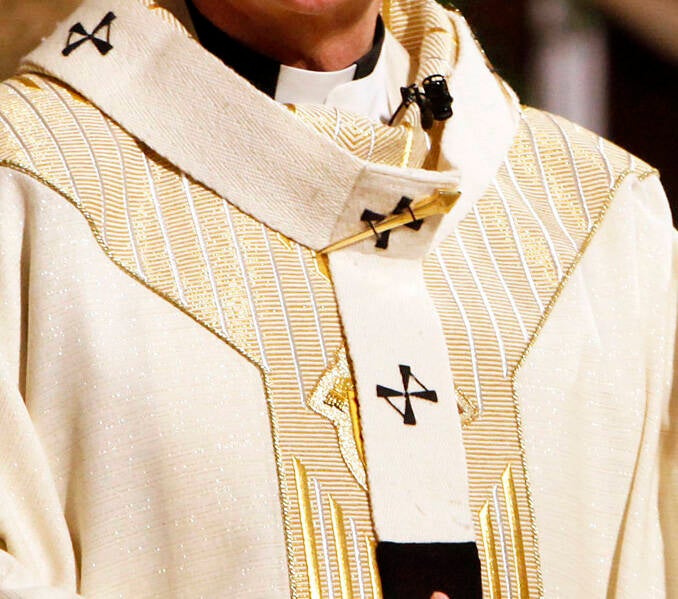
The Bible advises us, “In all your getting, get understanding.” This statement is particularly true for Bishops and Apostles. We said that was our mission with The College of Sacred Servants. So the desire to learn and grow must start with us.
The key to being an effective "Guardian of the Faith" in this era is to make studying church history a regular habit. This can help us avoid basing our actions on assumptions and opinions, a mistake I've made in the past. After a conversation with Pontiff Charles R. Hill OSP, PH.D, I realized I needed to gain a clearer understanding of the following subject. In this brief discussion, I will share my findings on the historical value and use of the Pallium.
That is the Pallium?
The word "Pallium" is derived from Latin and it translates to "cloak" or "covering" in English. In the context of the Christian Church, the "Pallium" is a special band of wool worn by archbishops and, in certain circumstances, by other bishops. It serves as a symbol of authority and unity within the Church.
The pallium, a band of white wool adorned with crosses, is a powerful symbol within the Christian faith, particularly the Roman Catholic Church where it's traditionally associated with the role of an archbishop. Despite this association, its significance extends far beyond this specific ecclesiastical rank, embodying the broader concepts of authority, unity, and pastoral care.
Historical Roots?
The historical roots of the pallium trace back to the early Christian Church before the Roman Catholic church, evolving from a simple Roman garment into a profound emblem of ecclesiastical authority. While Catholic archbishops typically receive the pallium from the Pope, signifying their communion with the See of Rome and their pastoral authority, it also bears importance for non-Catholic bishops.
Throughout history, there have been instances where the pallium's use extended beyond archbishops to other bishops. This is particularly evident in Eastern Catholic Churches, where major archbishops or patriarchs might receive the pallium to denote their authority and communion with the Pope. In unique situations, even non-Catholic bishops who are not archbishops can receive this honor. This speaks to the pallium's role as a universal symbol of unity and pastoral leadership, transcending the confines of the Roman Rite.
Extended to Non-archbishop Bishops.
By extending the pallium to non-archbishop bishops, the Church reinforces the unity and shared pastoral mission across diverse Christian denominations. It sends a powerful message that all bishops, irrespective of their specific titles, ranks, or denominational affiliations, share the same commitment to shepherd their flocks, embodying the roles of teaching, sanctifying, and governing the faithful.
Is Not Holy.
The pallium, while highly symbolic and ceremonial, doesn't hold any inherent sacred or holy significance. It serves as a mark of unity and authority within the Christian community, particularly among bishops, but it isn't a divine or holy artifact. Its value lies in its symbolic representation of the connection to apostolic tradition and unity among bishops across denominations, rather than any spiritual or holy properties.
Conclusion
In essence, the pallium, despite its common association with Catholic archbishops, stands as a universal symbol resonating with all bishops within the Christian faith. Its use beyond archbishops, encompassing non-Catholic bishops, underscores the universal nature of ecclesiastical symbols. These symbols reinforce unity and mission across different Christian denominations, fostering a deeper understanding of pastoral responsibilities. It emphasizes the crucial role bishops play in maintaining communion within their communities, transcending denominational affiliations.
From the Episcopal Desk of
Bishop Martin Wilson, I
Sacred Servants College, CEO


Add comment
Comments